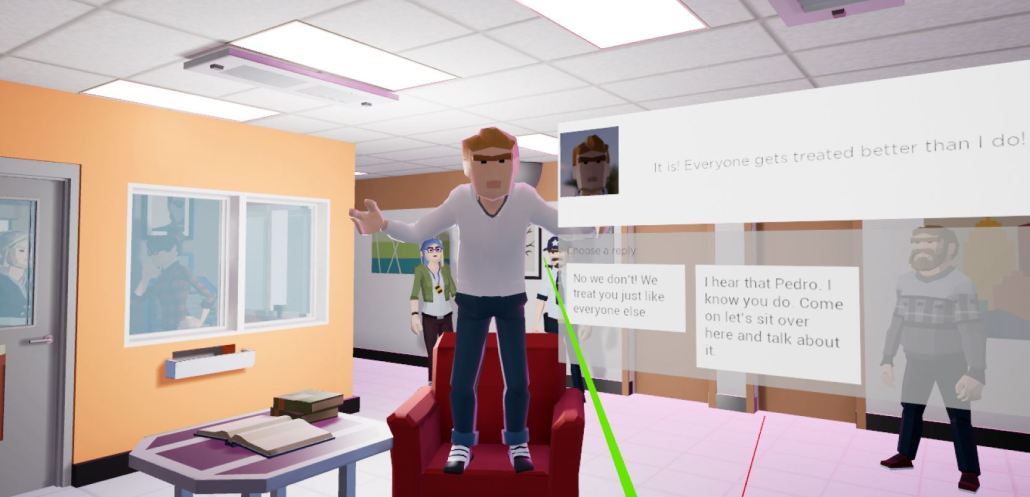Future Service, Retail, Metaverse, and Robotics
Design for Future Service, Metaverse, and Robotics
Thanks to all students from SOD and SAID who have participated in the projects. We also want to thank the help from Kroger and UC Digital Future.

Redesign retail and other service experiences (retail space, in-person service, digital service, technology) and rethink customer/business needs. Envision the future service experience of retail, hospitality, and delivery: 1) physical, 2) digital, and 3) a combination of both. Research questions include: What does the “future retail store” look like? How the online shopping and local stores pick up change the architecture of a store? How the metaverse and immersive experience can be integrated with retail? Can public and recreational programs be introduced into stores to enhance customers’ experience? How can robots assist employees and businesses in providing better service to customers? When robots coexist with people, how can we make robots more understandable and usable?

Collaborative design work from the College of DAAP.
Students: SAID, SOD
Faculty: Ming Tang, Yong-Gyun Ghim, College of DAAP, UC
SAID course description
This four-credit workshop course includes both a seminar and project development format, and develops techniques for digital modeling as they influence the process of viewing, visualizing, and forming spatial and formal relationships. The course encourages operational connections among different techniques for inquiry and visualization as a critical methodology in the design process.
Students: Ryan Adams, Varun Bhimanpally, Ryan Carlson, Brianna Castner, Matthew Davis, John Duke, Prajakta Sanjay Gangapurkar, Jordan Gantz, Alissa Gonda, Justin Hamilton, Emma Hill, Anneke Hoskins, Philip Hummel, Jahnavi Joshi, Patrick Leesman, Tommy Lindenschmidt, Peter Loayza, Jacob Mackin, Jordan Major, Julio Martinez, Jacob McGowan, Simon Needham, Hilda Rivera, Juvita Sajan, Gavin Sharp, Hannah Webster, Megan Welch, Meghana Yelagandula, Isaiah Zuercher.
Final presentation videos.
SOD Studio description
Mobile Robotics Studio envisions how robotic technology can better assist people in service environments benefiting both customers and employees. Based on human-centered design and systems thinking approaches, cross-disciplinary teams of industrial, communication, and fashion design students created design solutions for product-service systems of mobile robots in retail, air travel, sports, delivery, and emergency services.
Students: Noon Akathapon, Kai Bettermann, Cy Burkhart, Jian Cui, Joe Curtsinger, Emmy Gentile, Bradley Hickman, Quinn Matava, Colin McGrail, James McKenzie, Alex Mueller, John Pappalardo, Kurtis Rogers, Connor Rusnak, Jimmy Tran, Franklin Vallant, Leo von Boetticher

































